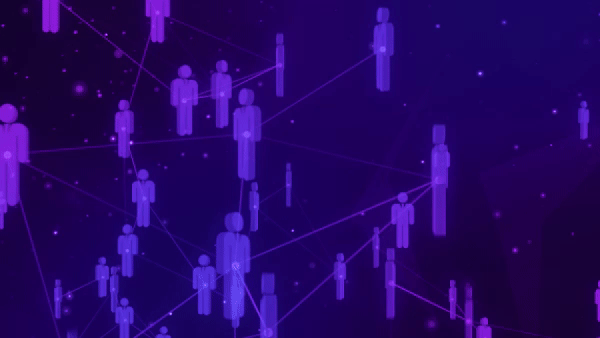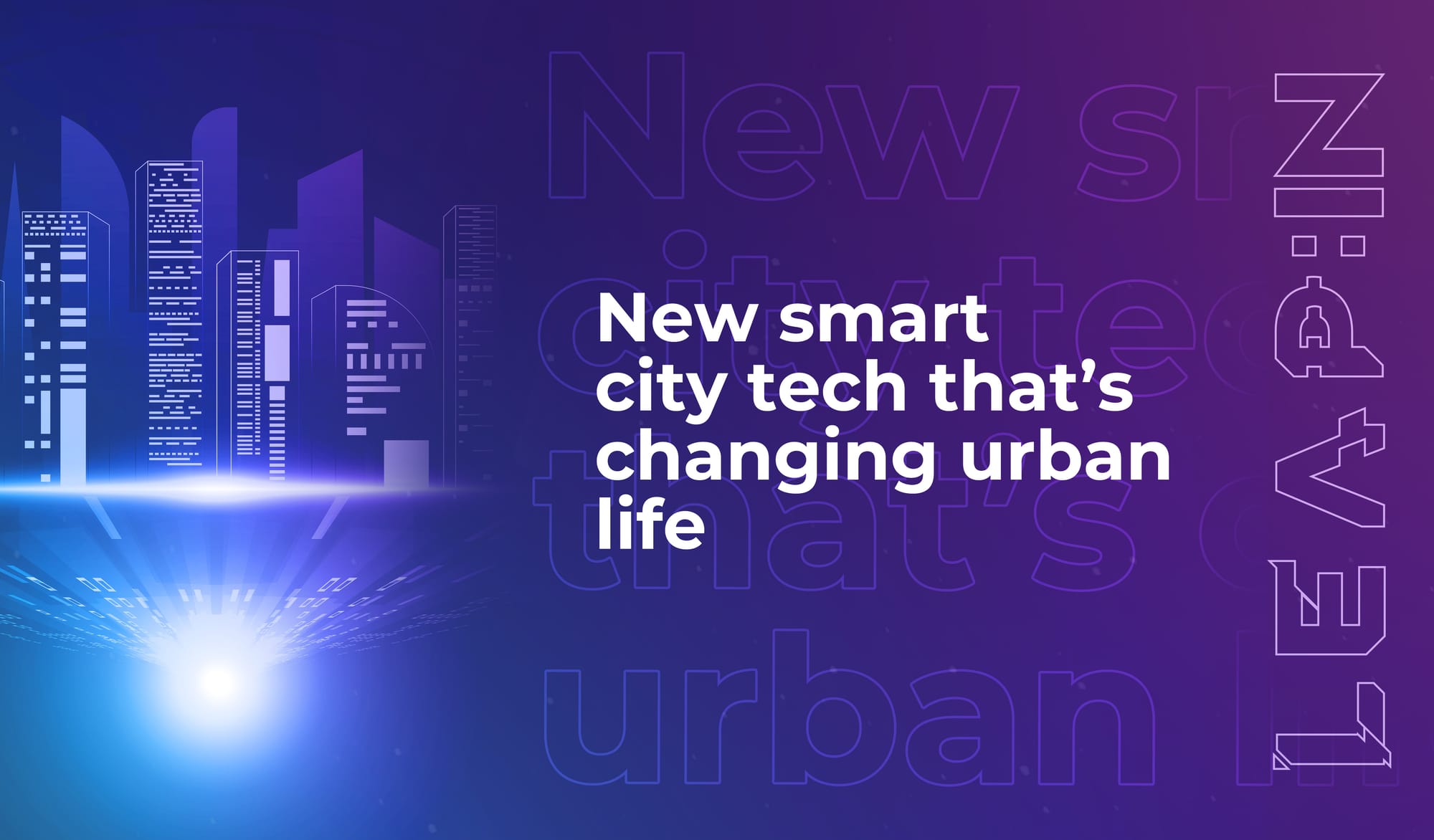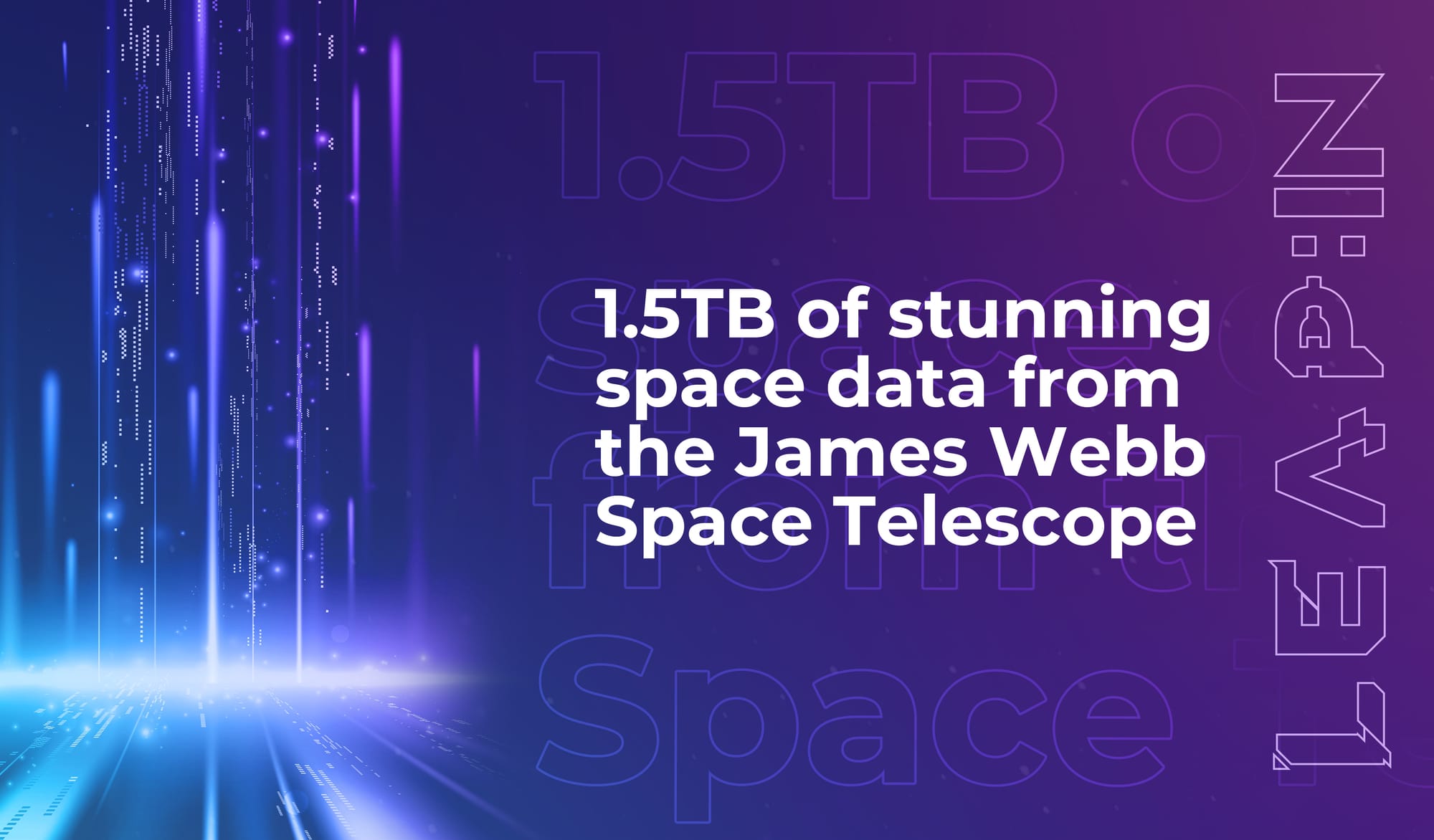

How snowballs help you scale

Welcome to the 238 new techies who have joined us since last Friday. If you haven’t already, subscribe and join our community in receiving weekly tech insights, updates, and interviews with industry experts straight to your inbox.
This week we’re quoting Oscar Barranco Liébana (Integrated Operations Platform Director, FIFA World Cup Qatar 2022)
What Liébana said:
“...understand how national and international networks behave to generate constructive and evolving chain reactions and domino effect, which leads to massive collaboration and strong engagement towards global impact.”
Erm, what?
OK, you need some context here.
Liébana was talking about the process of scaling the impact of his work on the tech operations platform for the 2022 FIFA World Cup in Qatar.
But we want to take his words out of that context and show you how this concept can apply to you as you scale your tech business or awareness initiative.
Because in essence, we’re talking about the snowball effect here
When you want to have a global impact (or international, or even just a major impact nationally or locally), that isn’t something that happens in one giant step.
Instead, impact happens through the cumulative effect of many much smaller steps. You engage in a small-scale collaboration that allows you to tap into a new market niche, for example. And then your collaborators in that niche reach out and bring in new partners. They spread the word. Larger partnerships are launched, and more organisation-intensive collaborations that tie together some of those smaller pieces.
The snowball, made up of just a few melting flakes when it first sets off down the hill, begins to pick up pace.

But how can you build a strategy to help the snowball grow?
Like Liébana said, controlling (or at least, guiding) the snowball depends on understanding how networks behave.
So take a trip back in time with us for a moment to 1988. That’s the year when French philosopher and anthropologist Bruno Latour wrote a paper titled Mixing Humans and Non-Humans Together: The Sociology of a Door-Closer.
In it, he wrote:
“The most liberal sociologist often discriminates against nonhumans. Ready to study the most bizarre, exotic, or convoluted social behaviour, he or she baulks at studying nuclear plants, robots, or pills.”
But Latour urged that studying the behaviour of those other, non-human networks can help us understand how humans and technology work together with the efforts of one almost indistinguishable from the efforts of the other. And when you understand this, you start to see how networks transmit information and build momentum behind ideas.
Latour used the example of a door. If you’re faced with a solid wall, you can’t get through. When a hole is created in that wall, you can get through – but then the wall has a gaping hole in it. Add a door with a hinge, and you’re able to move through the wall without leaving that gaping hole; but human error often means that the door is left open. If you add an automatic closer to that door, people can move easily through the door and it will reliably be closed afterwards – solving the problem of the hole in the wall.
The human using the door, and the technologies involved in opening and closing that door (the hinge, the closer) are operating seamlessly. In the social situation of moving from one side of the wall to the other, there’s no division between the human and the technology. The tech operates because the human operates.
We know this is abstract…
We’re indulging our philosophical brains here – don’t give up on us just yet.
The door example is a basic illustration of how far more complex human-tech networks grow and transmit information around the world today. Because humans operate, so too does a vast array of technologies – and together, the people and the tech create that snowball effect that can scale your ideas and your business.
Basically, you don’t have to smash through the wall in order to get to the other side.
You simply open the door, operate the hinge, and move through it. You take what’s useful with you to the other side of the wall – and the closer will close the door, allowing what needs to be kept on the first side of the wall to stay there.
If you’re scaling a business or working to spread an idea into new communities or markets, don’t go smashing through walls. Simply open the doors closest to you, and allow the tech available to you to help you reach your next level.
Have an idea for a topic you'd like us to cover? We're eager to hear it! Drop us a message and share your thoughts.
Catch you next week,
Richard McKeon
Group Marketing Director
Mark your calendars for 📅 10-13 February 2025.



1.5TB of stunning space data from the James Webb Space Telescope
Get some perspective from 800,000 galaxies
Related
articles



1.5TB of stunning space data from the James Webb Space Telescope
Get some perspective from 800,000 galaxies
